ENVIRONMENTAL SUSTAINABILITY
ACTING WITH THE ENVIRONMENT IN MIND
The Walt Disney Company is committed to protecting the planet and delivering a positive environmental legacy for future generations as we operate and grow our business.
IMPACT STORIES
OUR IMPACT
The Walt Disney Company’s commitment to environmental stewardship goes back to our founding more than 90 years ago. Walt himself said that “conservation isn’t just the business of a few people. It’s a matter that concerns all of us.” Here are just a few ways we are focused on helping to protect the planet we all share.
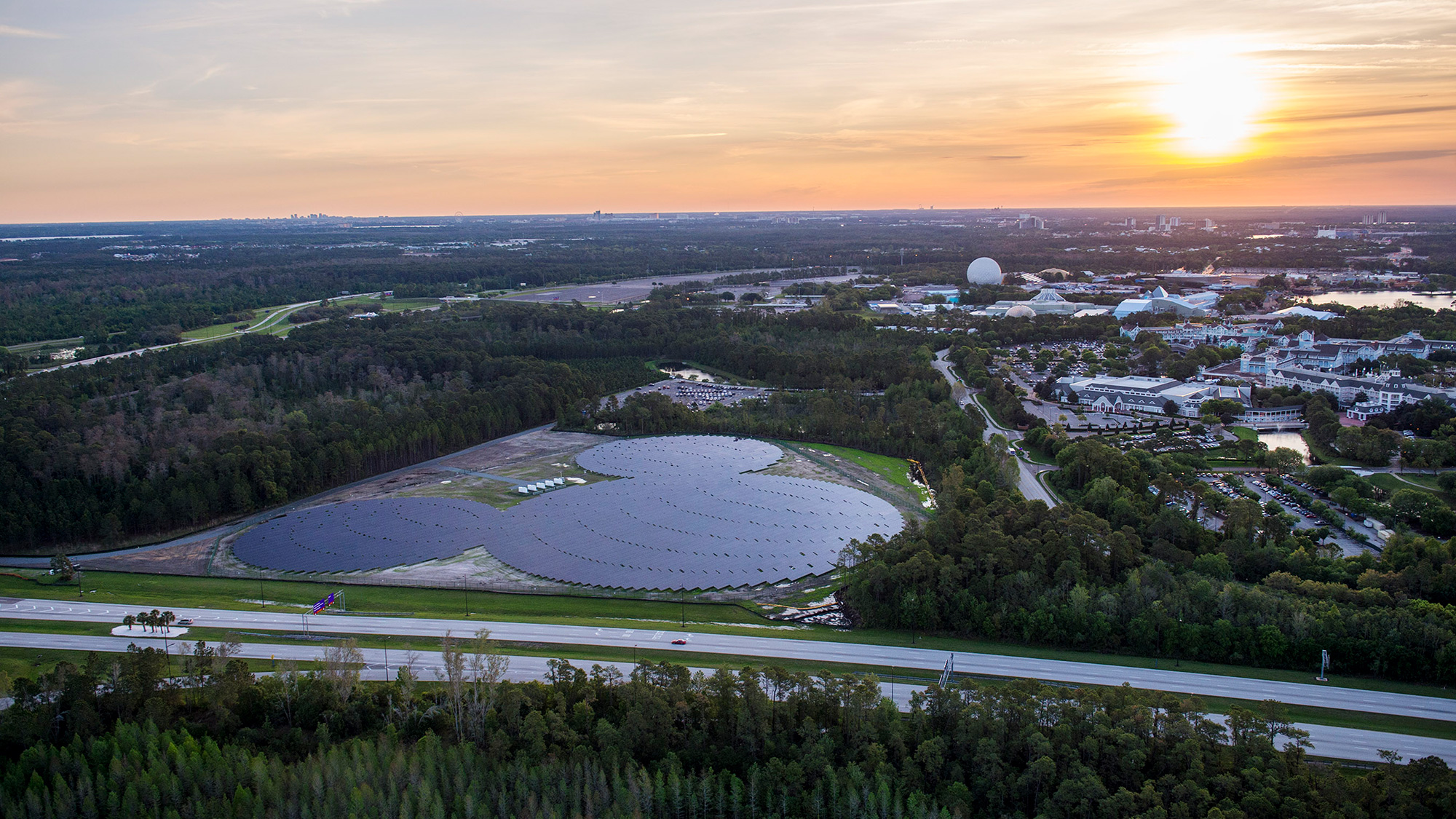 |
Renewable ElectricityIn 2019, we brought online a new 270-acre, 50 megawatt solar facility at Walt Disney World, built in collaboration with the Reedy Creek Improvement District and Origis Energy USA. This facility is anticipated to generate enough power from the sun to operate two of our four theme parks in Orlando annually. |
|
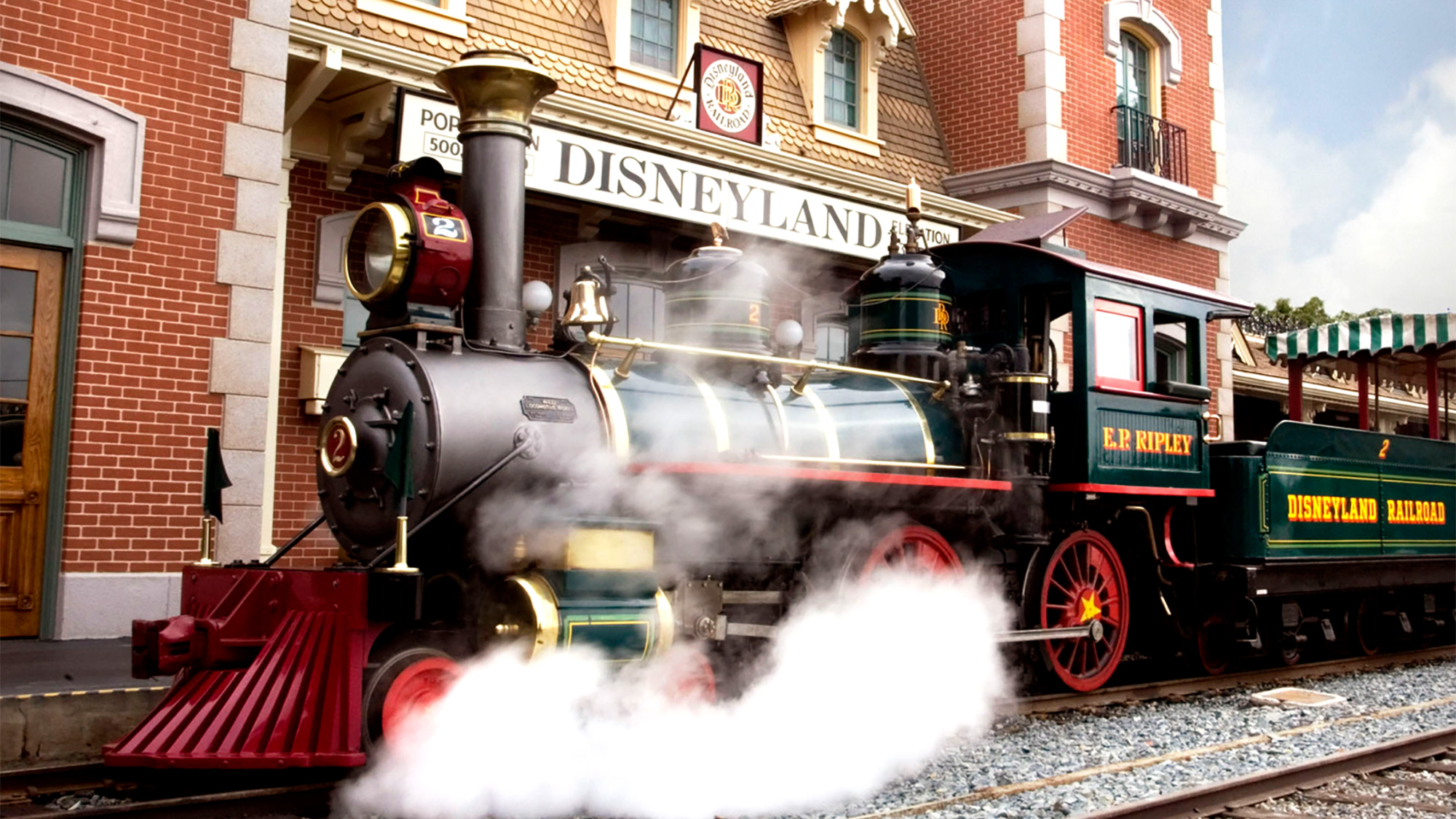 |
Conserving FuelDid you know that the steam trains and the Mark Twain Riverboat at Disneyland Resort in California run on biodiesel made from our own recycled cooking oil? Our film and TV productions are also piloting electric generators on set. |
|
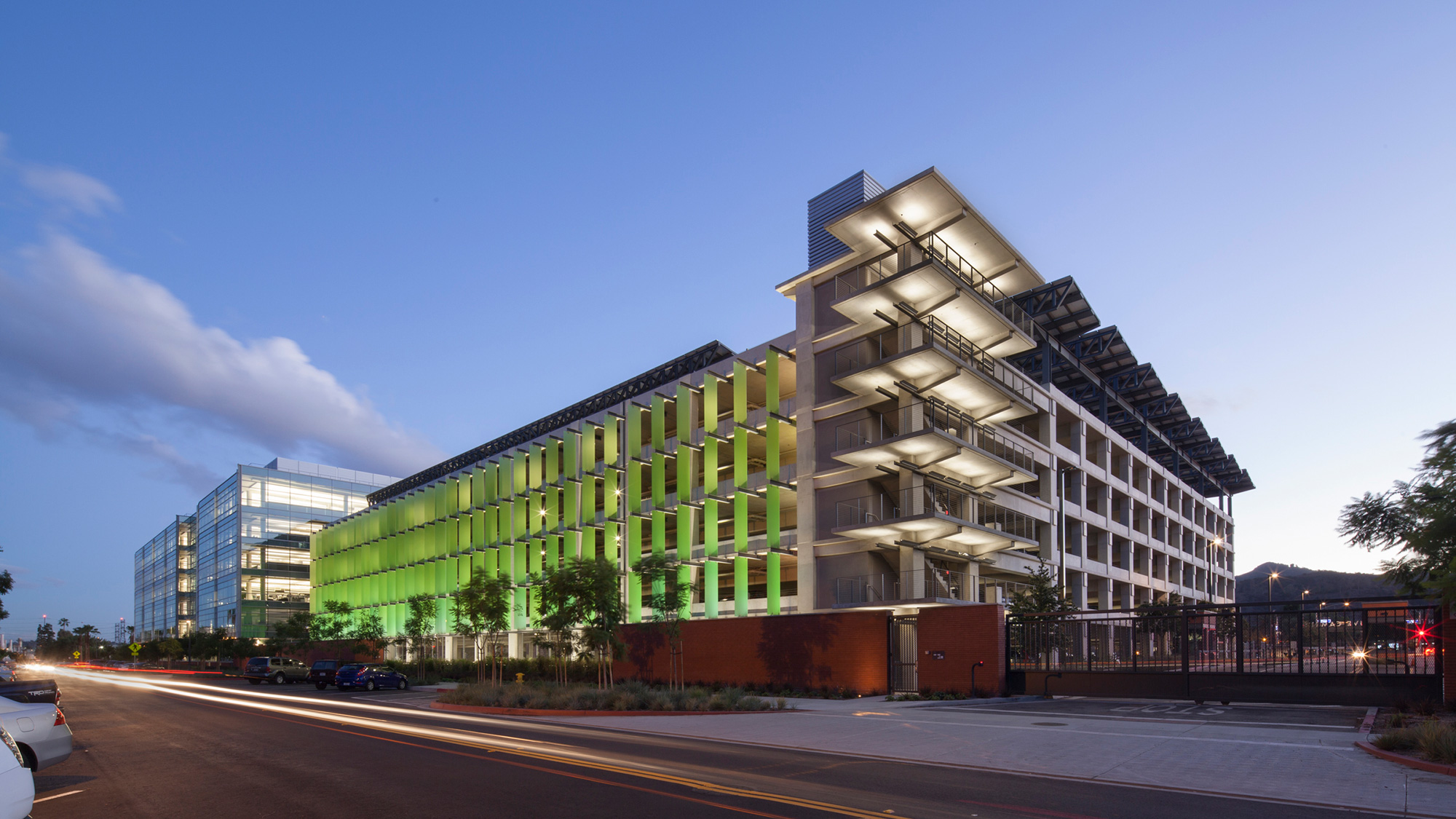 |
Sustainable DesignThe Grand Central Creative Campus expansion in Glendale, CA received a Leadership in Energy and Environmental Design (LEED) Platinum certification. The 460-kilowatt solar photovoltaic installation on the parking garage provides 12% of the energy use for the new building. |
|
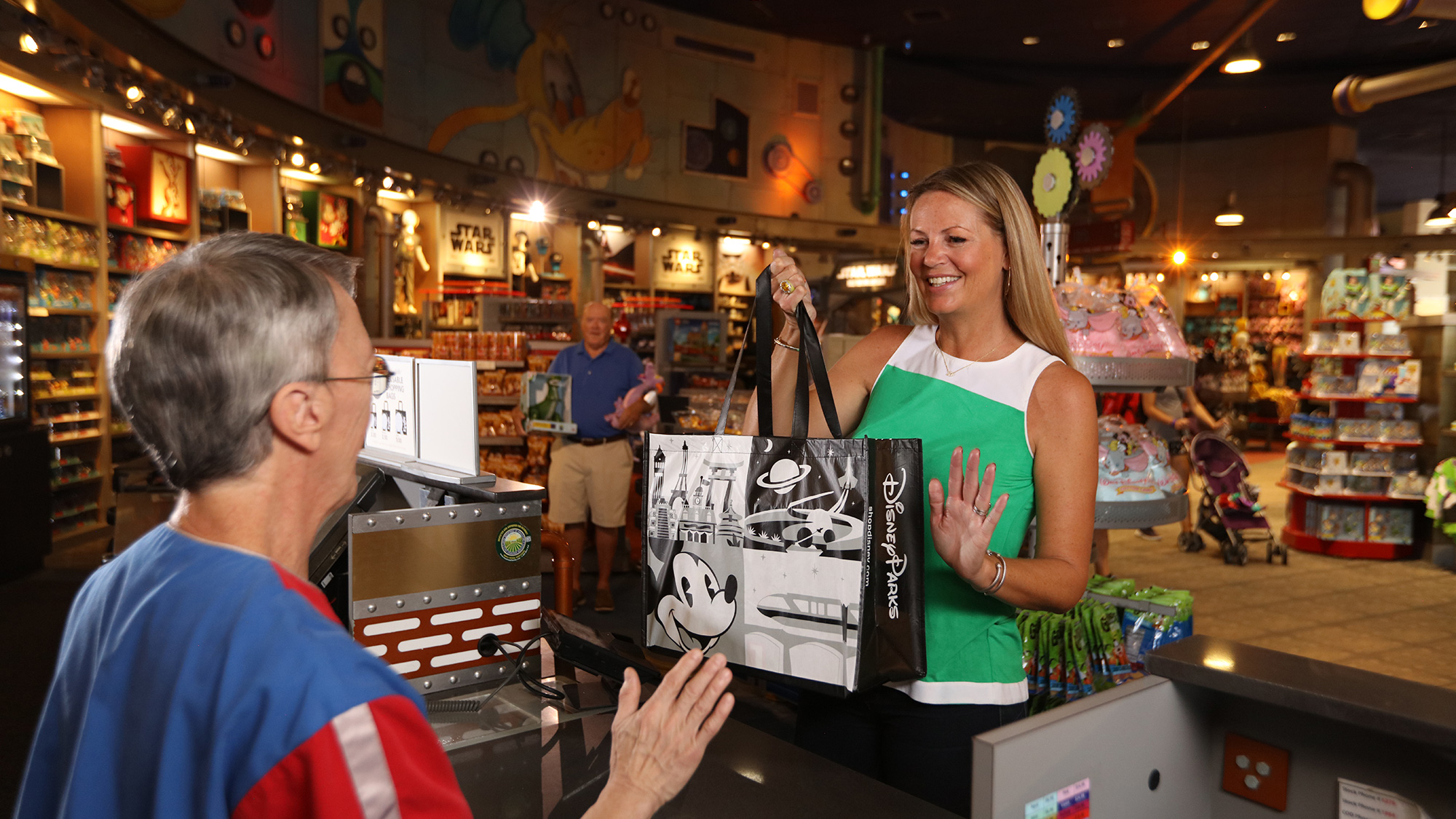 |
Reducing WasteWe eliminated single-use plastic straws and stirrers at all owned and operated locations across the globe, a reduction of more than 175 million straws and 13 million stirrers annually. All Disney hotels and cruise ships are also transitioning to refillable in-room amenities, reducing plastics in guest rooms by 80%. |
|
 |
Using Water ResponsiblyAt Disney, we recognize that water is a precious resource for our operations and the communities in which we operate. We have kept our water consumption flat compared to a 2013 baseline through conservation measures, upgrading and repairing infrastructure and using non-potable water where possible. |
|
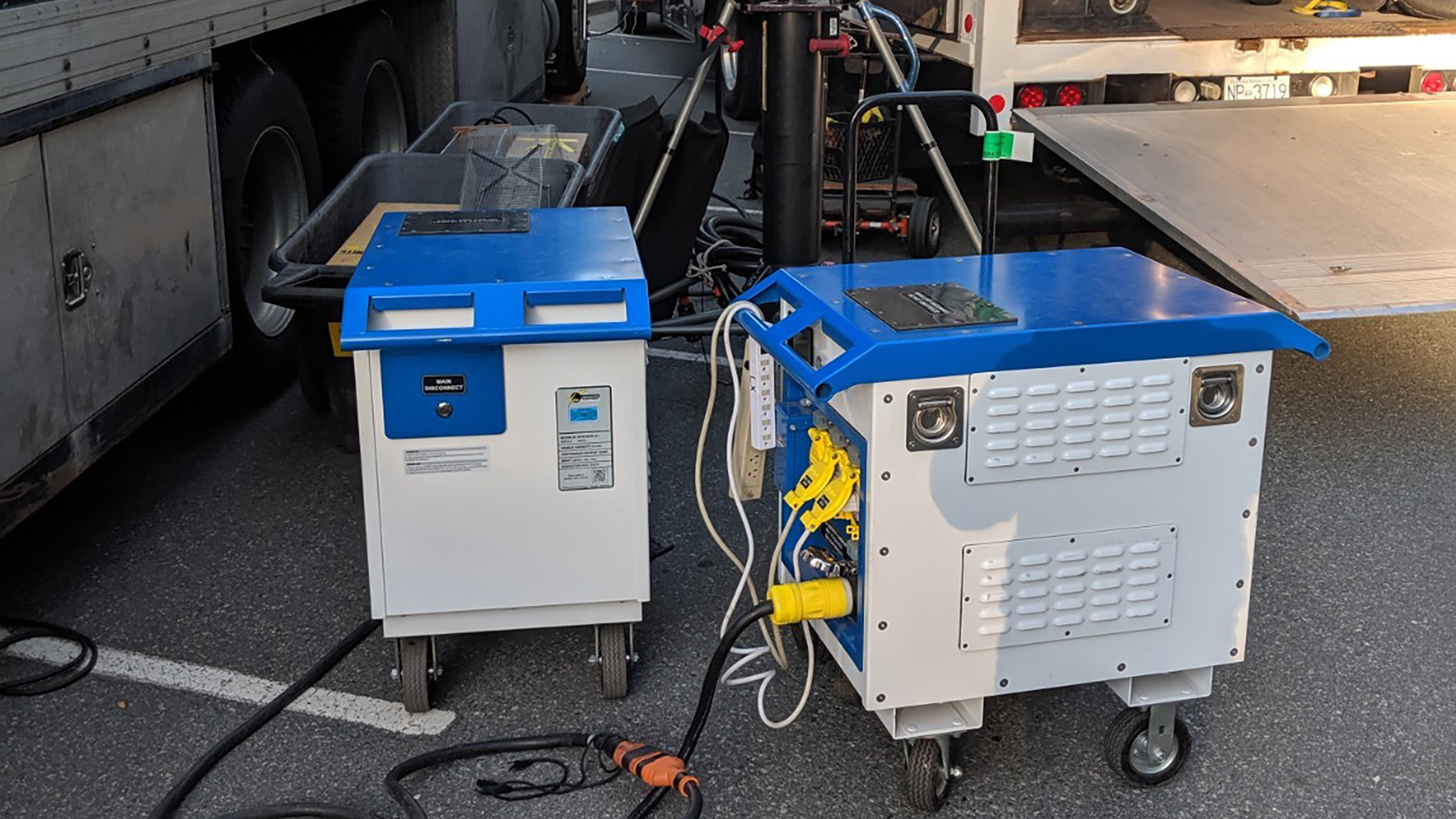 |
Greening ProductionSince 2009, an Environmental Steward has worked on each of Walt Disney Studios’ live-action feature film crews to establish recycling and reuse programs on set and educate the cast and crew on environmental best practices. |
|
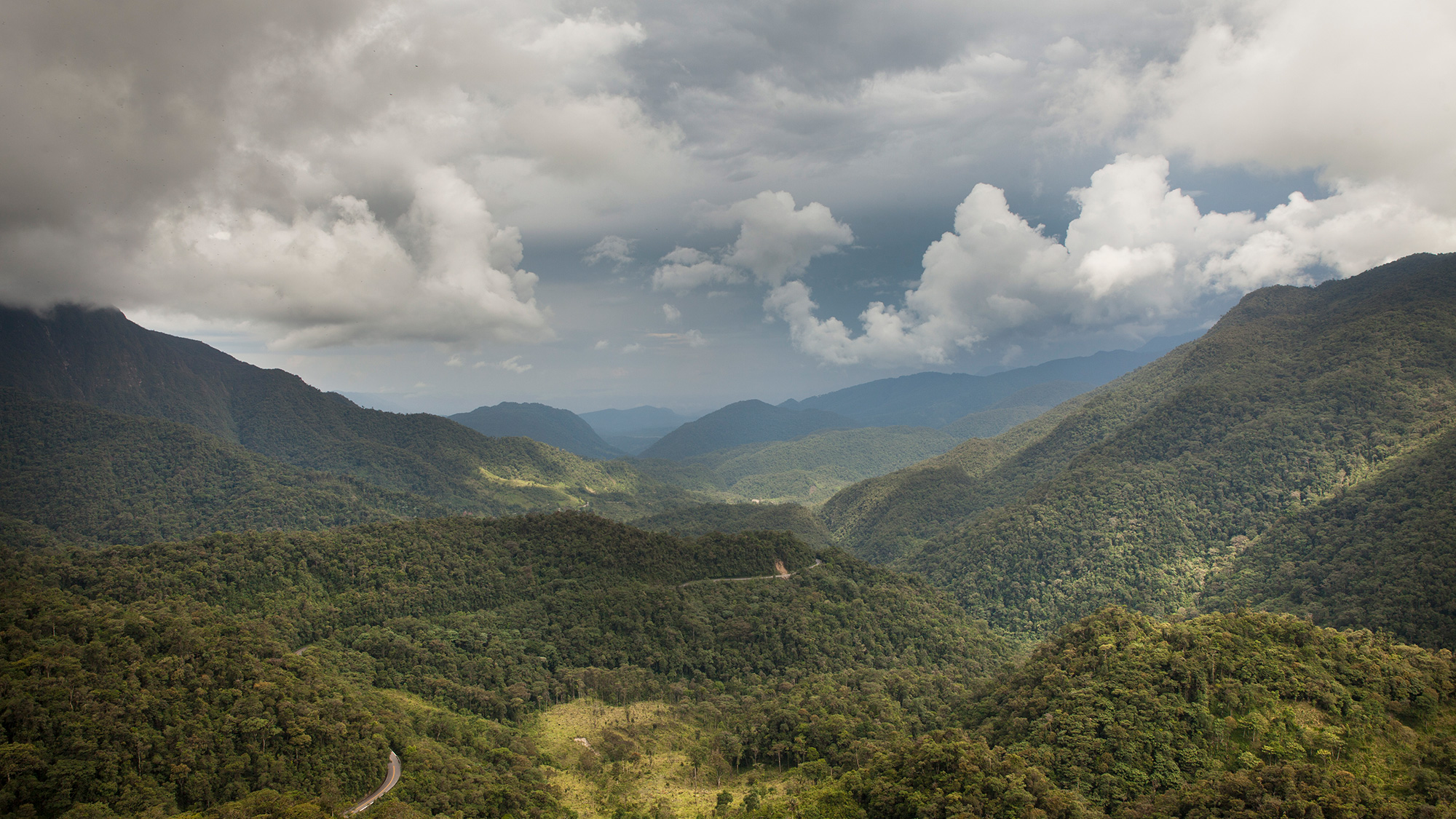 |
Protecting NatureFor over a decade, Disney has invested in nature-based climate solutions. These natural places provide habitats for animals and resources for local communities through food, shelter, and income, all while helping reduce the impact of climate change. |
ENVIRONMENTAL SUSTAINABILITY HIGHLIGHTS |
|||
300M+gallons of water saved (2013-2019) |
292acres of solar panels at Walt Disney World |
9M+trees planted |
|
TARGETS
“Disney has shown a strong commitment to the environment throughout its history and we’re excited to continue building on that legacy with new, ambitious environmental goals for 2030. These goals focus on key areas of our business where we believe we can have a significant, lasting impact and make a positive difference in protecting our planet.”
Bob Chapek, Chief Executive Officer, The Walt Disney Company
Zero Emissions |
Water and Oceans |
Reducing Waste |
Lower Impact Products |
Building Sustainably |
Zero Emissions
Since 2009, Disney has operated under a long-term vision to reach net zero greenhouse gas emissions. We are committing to achieve net zero emissions for our direct operations (Scope 1 and 2) by 2030.
Our strategy for meeting this goal is to reduce our greenhouse gas emissions by:
- Avoiding emissions by building more sustainably to reduce the energy needed to operate our business;
- Reducing emissions through investment in more efficiency technologies and processes;
- Replacing high-carbon energy sources with lower carbon alternatives.
We will then balance any remaining emissions with investments in high quality, verified emissions reductions (carbon credits) from projects around the world that promote improved land management, reforestation, and the protection and restoration of natural ecosystems. Learn more about how we are supporting local communities and ecosystems while reducing climate impacts here.
Zero carbon electricity
Powering our operations with zero carbon electricity is a key component of our strategy to achieve net zero greenhouse gas emissions. We commit to produce or purchase 100% zero carbon electricity for our direct operations globally by 2030. We will source this electricity through a portfolio of options including on-site generation and partnerships with local utilities, as well as investments in renewable electricity generation through Power Purchase Agreements (PPAs), Virtual PPAs, and unbundled Renewable Energy Credits (RECs). This approach will help meet the electricity needs of our diverse global operations which includes Disney Stores, theme parks, resorts, offices, film stages, broadcast studios, data centers and more. Our aim is not just to match the consumption of our operations with carbon-free electricity, but to help grow the marketplace for clean electricity for all consumers.
Learn more about how our current investments in renewable energy help us power the magic!
Fuel innovation
Powering our fleet of trucks, trams, shuttles, and cruise ships requires the use of fossil fuels. While we are currently investigating a number of alternatives to reduce our reliance on these fuels, the right technical solutions do not yet exist in the market at the scale we need. In the interim, we are committed to collaborating with industry groups and investing in research and development for low carbon fuel innovation. We intend to ramp up our use of low carbon fuels over time as sources become available, accessible, and economical in the marketplace.
We are already making progress by deploying solutions on our cruise ships to reduce their fuel consumption, joining industry groups to advance progress on the development of renewable fuels for ships, and experimenting with new technologies to replace fuels altogether with alternatives like solar power and battery storage on film and TV productions.
Addressing our value chain
We are committed to reducing our greenhouse gas emissions beyond our direct operations to include the production, use, and enjoyment of our products and services, commonly referred to as Scope 3 emissions.
Our company manages a diverse set of businesses, each with very different operations and sources of emissions: cruises, theme parks, resorts, media production and distribution, and consumer products. This business diversity means that identifying all sources of our Scope 3 emissions – which can range from viewing a movie to the lifecycle impacts of our physical products – is a tremendous challenge, but one that we are currently working to complete in order to identify the greatest impacts and the best opportunities to reduce them.
As we work to assess our footprint, we are also taking action on Scope 3 emissions where we can, focusing on reducing the impact of materials in our product supply chain. By 2022, our intention is to define a science-based reduction goal for The Walt Disney Company’s Scope 3 emissions footprint.
Water Stewardship
At Disney, we recognize that water is a precious resource for our business and the communities in which we operate. Since 2013, we have kept potable water consumption flat across our operations — while continuing to grow our business — through conservation measures, upgrading and repairing infrastructure, and using recycled water where possible.
We also recognize that water is a highly local issue, with unique considerations in each geography. In keeping with the latest science and standards, each of our high water impact sites around the world will implement localized watershed stewardship strategies starting in 2021, focusing on both water conservation within our operations and investments to conserve and protect local natural water systems. Sites will prioritize strategies that are responsive to the varying community needs within the region in which they do business – such as groundwater replenishment, water quality, or access to clean water. As part of that strategy, the sites will actively seek to collaborate with local stakeholders to safeguard the overall health of the watershed as a multi-use sustainable resource.
Over the last five years, the Disney Conservation Fund has awarded more than $1.5 million to non-profit organizations supporting these water stewardship efforts. Learn about our recent watershed grants here.
Responsible Seafood
Responsible selection and sourcing of seafood is important to the future of our business, to the livelihoods of the fishing industry worldwide, and to the health of the planet for future generations. We have been focused on responsibly sourced seafood since 2014, and have long standing partnerships with both the Monterey Bay Aquarium and the Sustainable Fisheries Partnership as part of this effort.
Beginning in 2022, Walt Disney Parks and Resorts will serve 100% responsibly sourced seafood in our US parks and resorts.
Our seafood efforts will vary slightly across the globe due to the inherent differences in each region. To accommodate those differences, we will also focus on developing strategies and partnerships for each international site that help move the fishery industry forward in communities where we work.
Reducing Waste
Since 2009, Disney has operated under a long-term vision to achieve zero waste in our operations. We have made significant progress towards this goal including through a series of waste management initiatives to reduce, reuse, recycle, donate, and encourage behavior change initiatives with our Guests and employees, in order to divert as much material as possible from landfills. In fact, we sent less waste to landfills in 2019 than we did in 2014, despite the tremendous growth in our operations over that same time period.
While we are proud of the progress we have made, we are committed to doing more. We will work to achieve zero waste to landfill for our wholly owned and operated parks and resorts by 2030. We have a responsibility to get ever closer to our zero waste ambition in order to protect the ecosystems and communities that host us, as well as do our part to minimize our global environmental footprint. This will take the dedicated effort of our Cast Members and Guests alike to get us one step closer to a world without waste.
Lower Impact Products
The Walt Disney Company brings stories and characters to life through innovative and engaging products from toys and t-shirts, to books and games. We are committed to responsibly reducing the environmental impact of materials used in the creation and packaging of these items
By evaluating the impact we can have across our product portfolio, we identified a set of materials that are consistently used in high volumes and across a number of different product categories and/or are known to have significant environmental impacts associated with their production and use: forest products including paper, wood and palm; textiles; and plastics. To address the impacts of these materials, we are setting the following goals:
Paper, Wood and Palm Oil
Disney consumer products will meet the following criteria by 2030:
- All paper used as a primary material in our branded packaging and products will contain 100% recycled content, or be from a verified or certified sustainable source.
- All wood used as a primary material in Disney-branded products will be from recycled, certified, or sustainable sources.
- All palm oil and palm kernel oil used as an ingredient in Disney-branded products will be from certified sustainable sources.
Textiles
100% of our branded product textiles will contain recycled or certified sustainably sourced content, or be made from lower impact alternatives by 2030.
Plastics
Beginning in 2018, we set a series of commitments to eliminate several single-use plastic items in our owned and operated locations across the globe. Since then, we have eliminated over 200 million plastics straws and stirrers, removed all polystyrene cups, minimized plastic merchandise bags, and begun to reduce plastics in guest rooms by replacing disposable toiletries with bulk amenities.
Now, we are going a step further. Our global approach to plastics will continue to follow our established zero waste hierarchy: to seek alternatives, reduce, reuse, and recycle, where appropriate.
- Plastic in our branded products and packaging will contain 30% or higher recycled content or use a lower impact alternative by 2030.
- All of our branded packaging will be designed to ensure the ability to reuse, recycle in region, or compost by 2030.
- In addition, Disney Cruise Line will reduce 80% of single use, guest-facing plastic items on board by 2022 to further reduce any risks to plastics leaking into the ocean.
Our company is also committed to working with facilities that track their environmental impact, with the aim of minimizing our environmental footprint everywhere that Disney branded products are made.
Our goal is for all facilities to participate in the Higg index or maintain a sustainable manufacturing certification by 2030.
Building Sustainably
In collaboration with our various design teams across the company, and leveraging the creative expertise of our Disney Imagineers, we have established a new, rigorous set of design standards that will guide the development of all new building projects. Whether it’s an office building, resort, film stage, or attraction, we will design all new construction with a focus on minimizing waste, water, and energy in the construction and use of the building.
- To minimize emissions of new projects, our buildings will be designed to near net zero –maximizing energy efficiency, electrification to reduce fuel use, and on-site renewables.
- New projects will minimize water consumption through efficiency measures, water capture and reuse, and maximizing use of non-potable sources.
- New projects will be designed for zero waste operations, including planning for reuse where possible, particularly in restaurants and kitchens, and providing dedicated areas for waste sorting.
- All new projects in the U.S. and Europe will meet or exceed 90% diversion of construction waste.
As one example, our new corporate campus in New York City, which includes more than 1 million square feet of office and production space, is being designed to LEED Platinum standards as well as being evaluated for employee wellness certifications. The project is being designed as an all-electric building, which will be achieved through the use of high performance facades, on-site solar plant, waste heat recovery systems, demand control, and electric heat pumps. Significant water reduction is being achieved through low-flow fixtures, on-site water capture and reuse for industrial purposes and irrigation. The project is also designed to support zero waste operations and will achieve minimum 95% construction waste diversion.
For more information and further details on all of our environmental commitments and strategies for achieving them, please read our white paper.